Without keyword research tools, it’s like throwing darts in a dark room to discover the perfect keywords to add to your blog or online shop content to help it rise in search engine results pages (SERPs). A dart would strike the target, but most landed on the floor. However, keyword research tools make multiple techniques possible. These tools may help you develop keyword ideas, reveal how often people search for a term, spot trends, and indicate how much competition you face for a specific phrase.
Although several Google products offer keyword research options, you may find competitive ad analysis and other PPC-specific analytics in PPC programs like Google Keyword Planner. Google Analytics and Google Search Console are two examples of keyword-tracking tools that track the keywords your site already ranks. Google’s free tools are well worth a try if you seek an app that falls into either of those categories. However, for this overview, we wanted to focus on keyword research tools for organic SEO keywords. In this post, we will acknowledge the six best keyword research tools.
What is the Best Keyword Research Tool?
The best keyword research tool combines SEMrush and Google Search Console platforms. Using SEMrush, you can analyze competitors and generate excellent keyword ideas. However, it would help to track the Google Search Console to obtain actual positions and volumes.
Let us analyze the six best keyword research tools:
The 6 Best Keyword Research Tools
SEMrush
Using SEMrush, an SEO practitioner can do a technical SEO audit, gather semantic cores and suggestions for generating more organic traffic, track backlinks, and conduct competitive intelligence, all in one place. In addition, insights into the industry and information on the competitive landscape are provided by the market research toolset. Using this toolbox, you can identify new growth prospects, investigate any company’s website traffic and visitor interaction, and identify the most successful digital marketing techniques. In all tools, including organic research and the keyword magic tool, SEMrush’s keyword intent labels are provided.
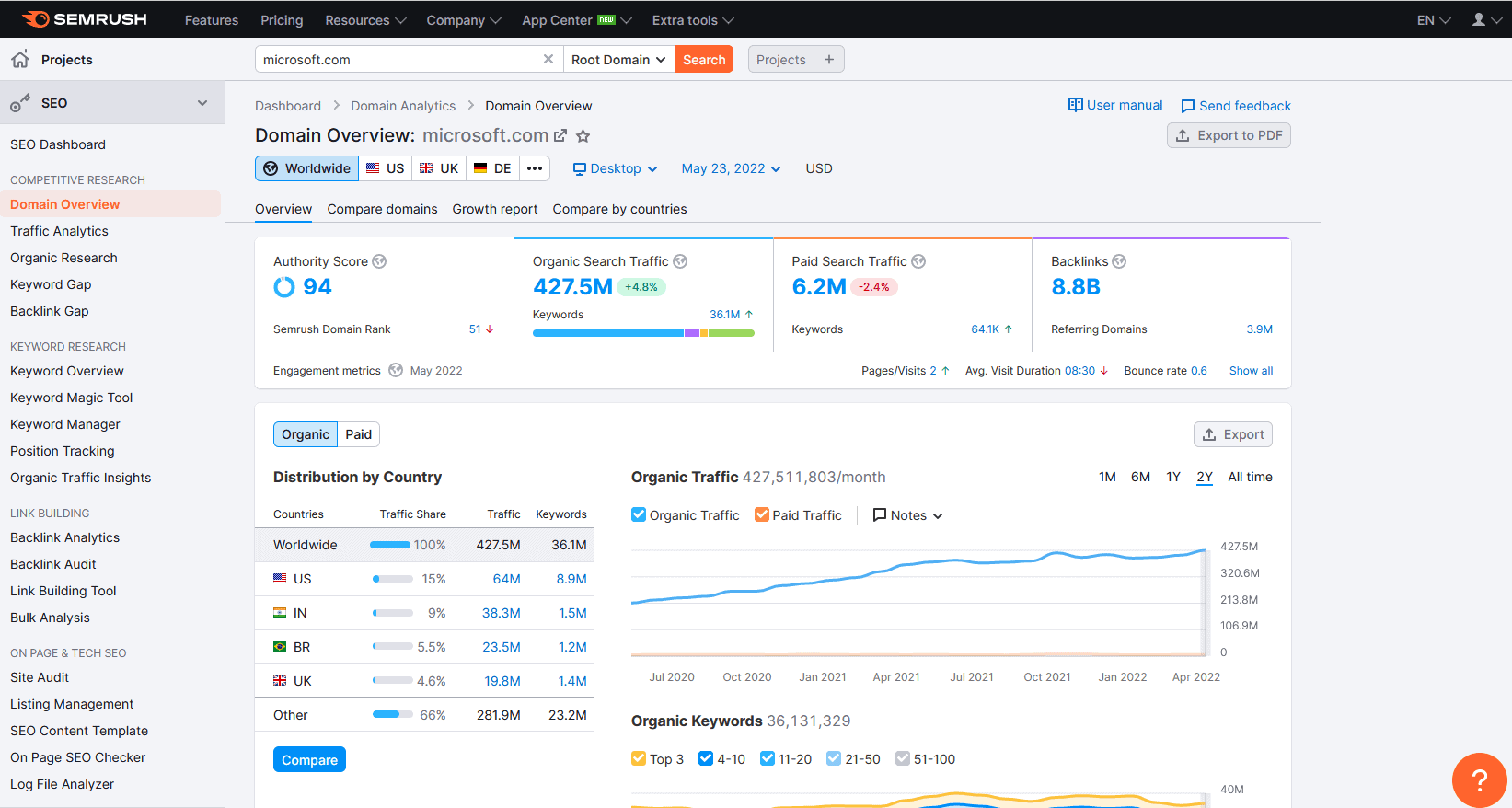
SEMrush’s competitive keyword research is what sets it apart. Using SEMrush’s Keyword Gap function, you may enter your rivals’ websites & SEMrush analyses the terms they rank for that you don’t, making it easier to discover new chances. With the SEO Material Template tool’s built-in bullseye graphic, you can see how your content is graded in real time regarding readability, originality, t, as well as voice, and SEO. In addition, the tool graphically ticks off SEO tips as you move along. SEMrush pricing to 3,000 daily results and 250 monthly keyword metrics updates are included in the $119.95/month plan.
Fundamental domain analysis is a common starting point for most SEO campaigns. In search engine optimization, this entails concisely assessing the domain’s “quality.” For example, if you want to enhance your website’s SEO, you’ll often conduct domain research on a competitor’s site to evaluate how challenging it is to outrank them. While analyzing a website, you may also want to inquire about a link from the website’s owner. High-quality website links can significantly improve your articles’ search engine rankings. For example, when using SEMrush’s ‘domain overview’ feature, you must input a domain URL to see how it is ranked in search results.
Ahrefs
You may use Ahrefs to increase your search traffic. It contains features that allow you to do competitive research. Many tools are available, including Competitive Analysis, Keyword Research, Link Research, Content Research, Rank Tracking, and Web Monitoring. Its robots continually scan 54 billion web pages, and the index is updated every 15 minutes by the backlink checker program. Using this tool, you may discover the specific terms driving your rivals to the top of the search results. Over 3 billion terms are included in the database. A seven-day free trial is available for $7. Monthly and yearly pricing options are available with Ahrefs.
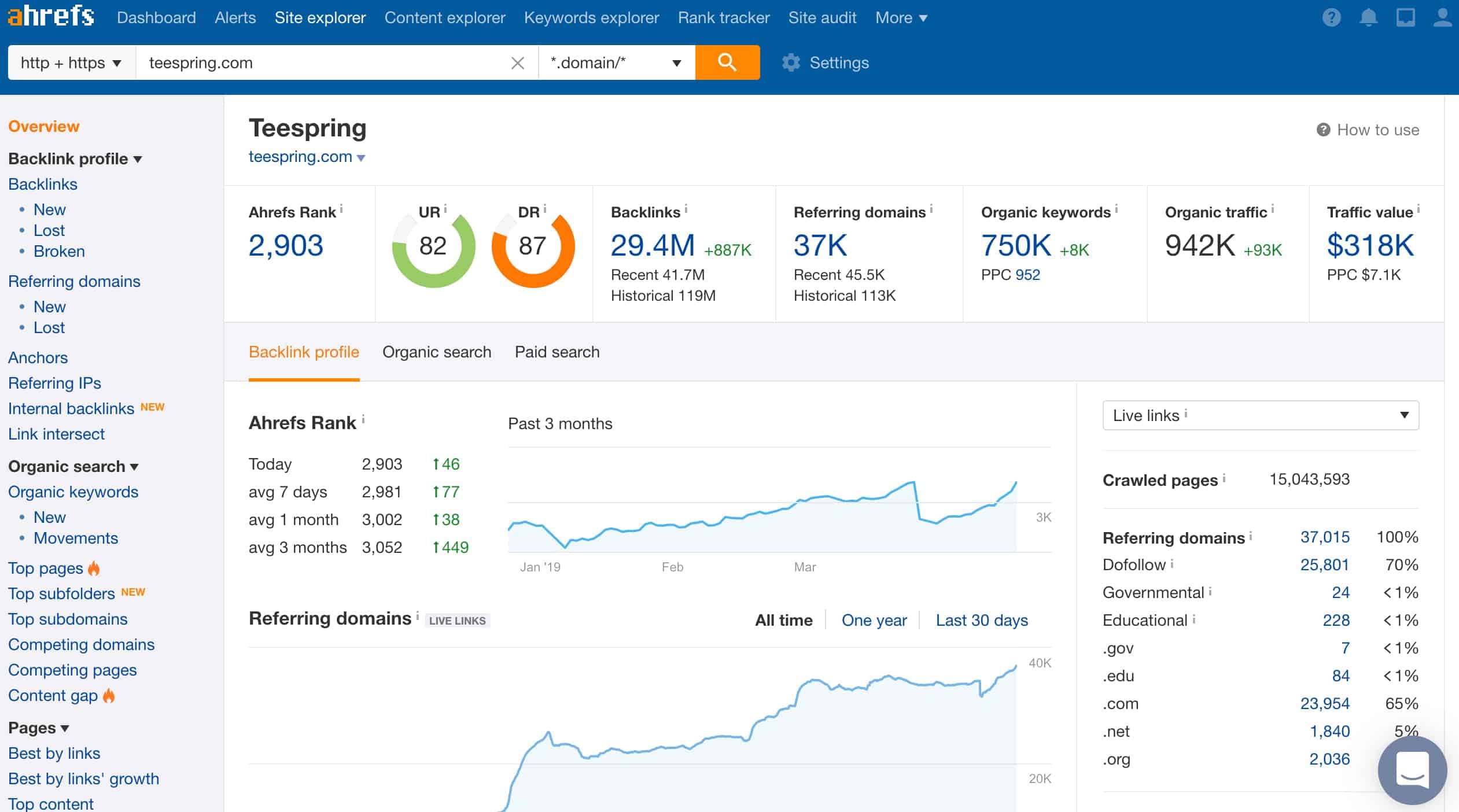
Keyword monitoring is also included in Organic Search, along with competition research. The “Movement” option lets you see how your keywords trend over time. Check the “New” option in the report to see if any keywords have risen into the top 50. Ahrefs’ content gap tool might help you take the campaign to new heights. Finally, ensure your business is ahead of the curve by keeping tabs on how your rivals rank for specific keywords. In essence, Ahrefs offers SEOs the power to outrank their rivals by identifying the most relevant keywords to concentrate on.
Nowadays, SEOs look at the “Top Pages” data far more than the “Organic Keywords” report when analyzing the organic search traffic of your rivals. It is the main reason why. A single page may rank for thousands of closely related keywords and bring in much traffic from searches. Although we can improve our KD score, looking into who ranks on Google’s first page is still the best approach to gauge a keyword’s difficulty. The only thing Ahrefs Keywords Explorer can do is provide all of the SEO data that Ahrefs Keywords Explorer has on the search engine results page.
SEAcockpit
The web-based keyword research tool SECockpit is used to optimize SEO campaigns. Searching for keywords is a breeze, thanks to its keyword research tool. It does keyword research to determine which keywords are the most worthwhile for users to work on. Among the data provided by SECockpit are page rank, backlink counts, and other indicators of high-ranking pages. In addition to competition levels, traffic levels, and the cost per click, you can also narrow specialty keywords down. Long-tail keyword queries are discovered through the use of a Google scraper.
SECockpit provides a wealth of information, making it an excellent choice for performing broad market assessments. Using Google Ads Synonyms, Google Suggest, and Google Related Searches broadens the search scope and makes the results more relevant for purchases. As a result, SECockpit has access to more sources than other keyword research tools, and as a result, it generates more keyword suggestions.
SECockpit is the most excellent tool for finding relevant campaign, market, and product keywords. With just one keyword search, you can immediately uncover the most valuable terms in any sector, making filling out an optimized SEO plan easier, especially for these vital keywords. Aside from competitor and industry research, the application also provides a breakdown by national location, allowing marketers worldwide to get the information they want when targeting specific areas depending on their requirements.
Google’s Search Console
Using Google Search Console, businesses can keep tabs on their website’s performance in Google’s search results, fix problems, and generally stay on top of things. Google Analytics integration, dashboards, and keyword tracking are essential features. The Google Search Console allows teams to see how their sites perform in Google Search, including how many hits, impressions, and rankings they receive. Marketers may use the tool to submit specific URLs and sitemaps for crawling and receive email notifications when Google discovers issues on their websites. Web developers may also use the program to keep tabs on, fix frequent problems, and speed up the construction of website markup or coding.
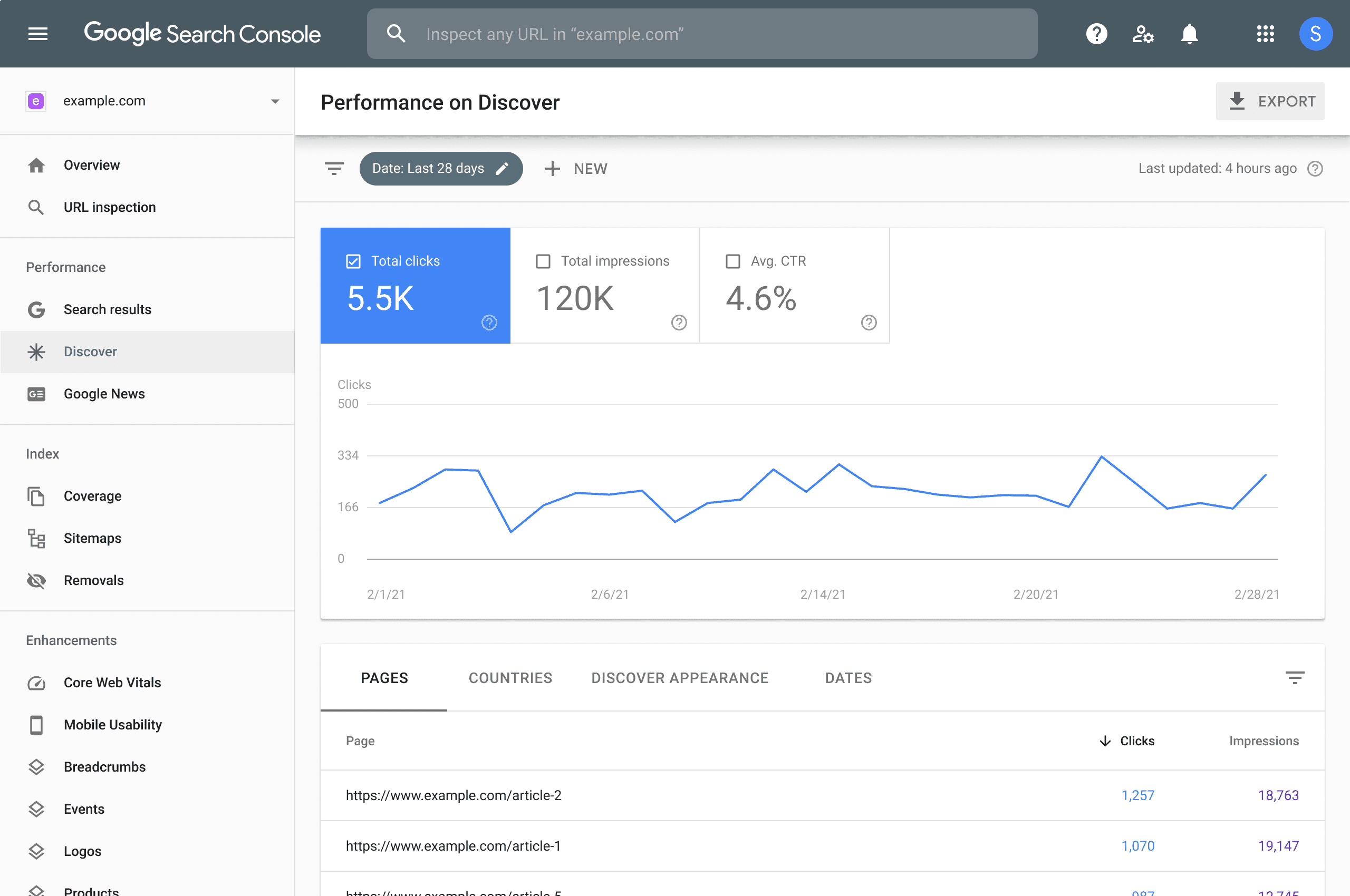
Google’s Search Console helps web admins find and address problems with site load, server faults, and security threats, including malware and hacking. In addition, businesses may use the URL inspection tool to obtain insight into how Google indexes, crawls and serves web pages. Google Search Console is a free service that provides documentation, video lessons, and a help forum for users to ask questions. Once you’ve filtered by URL, you can see how effective keyword targeting is. Next, you may use a keyword tool to assess whether or not you should combine the other searches into your content. You’ll also see which searches don’t do well on your page and which would be good candidates for a new article.
Google Search Console can help you track the website’s traffic, optimize your ranking, and make educated decisions about how your site appears in the search results. When combined with other Google tools like Analytics, Google Trends, and Google Ads, you may do advanced marketing analysis using the information in the Search Console. As a site administrator, you are concerned about the smooth running of your website.
In some circumstances, you may tackle server failures and site load difficulties, including security issues, hacking, and malware, with the help of Google’s Search Console. You could use it to guarantee that any changes you make to your website aren’t negatively affecting your search engine rankings. When building your site’s markup and code, Google’s Search Console may assist you in identifying and fixing common flaws, such as incorrect structured data.
Keyword Planner by Google
Our company’s digital marketing team uses Google Keyword Planner to build search media strategies and organize our new campaign. With the help of the Keyword Planner, advertisers may create new ad groups and campaigns more quickly and efficiently than they would otherwise be able to. You’ll receive an idea of the number of monthly searches for each proposed phrase and a breakdown of how the keyword at issue connects to the various specialist groups. In addition, four more metrics are associated with each term proposed by this research tool. The top and bottom SERP bids, keyword competitiveness, and average monthly searches make up this set of KPIs.
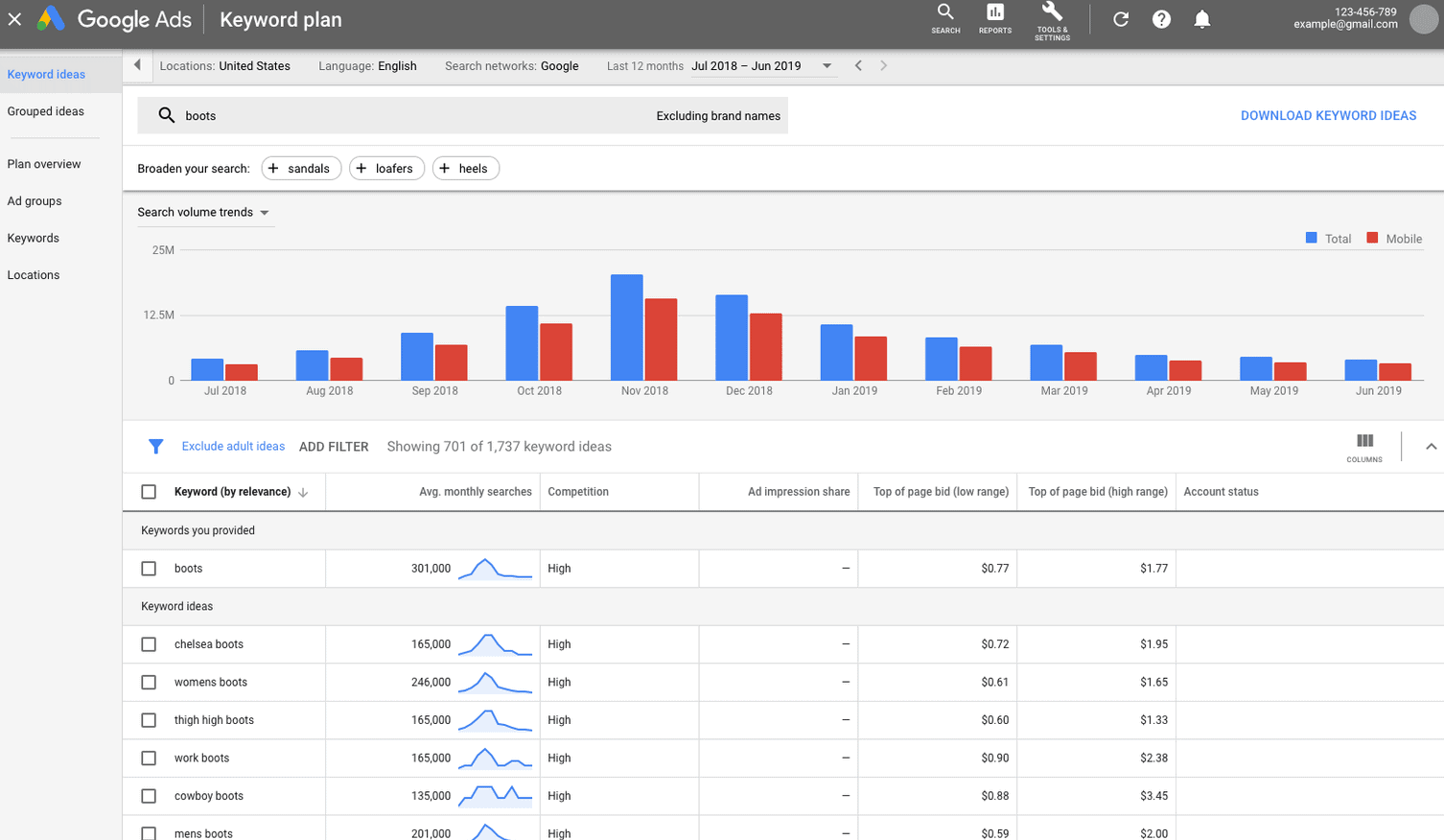
Using Google’s keyword recommendation tool, you don’t have to worry about keeping up with seasonal changes and how to manage the existing keywords. Utilizing this study tool, you may tailor your results to reflect the current season. Using this method, you won’t promote advertising that won’t bring in visitors. It’s possible to obtain keyword ideas from what your rivals are using, thanks to getting keyword ideas from either a website or a blog. The keyword planner’s language options let you pick from several different languages. One may develop new keywords by mixing multiple keyword lists. Producing various distinct keyword variants from a single essential term is possible.
Millions of long-tail keywords are generated in seconds using auto-complete APIs by Keyword Planner, monthly search traffic, and cost-per-click information. The Keyword Planner uses Google’s autocompleting API. It finds thousands of keywords using these APIs based on the seed keywords you input. Google AdWords competition information is also provided for each term. You may use the Keyword Planner to generate new content ideas and improve your existing content. You may utilize the monthly volume statistics to target specific keywords with each piece of content. In addition, you can include long-tail keywords in the same piece of content as the core keyword.
Google Trends
Using Google Trends, you can see what people search for the most. In addition, this tool gives information on keyword search volume, including the frequency of queries and the most active geographic regions. As a result, it’s an incredibly efficient means of doing content marketing tasks! Comparing Keywords will show more Accurate Information Relative to traffic on a scale of 0 to 100 in Google Trends. However, the graph’s relative size makes it impossible to tell if the trend reflects hundreds or thousands of keyword searches.
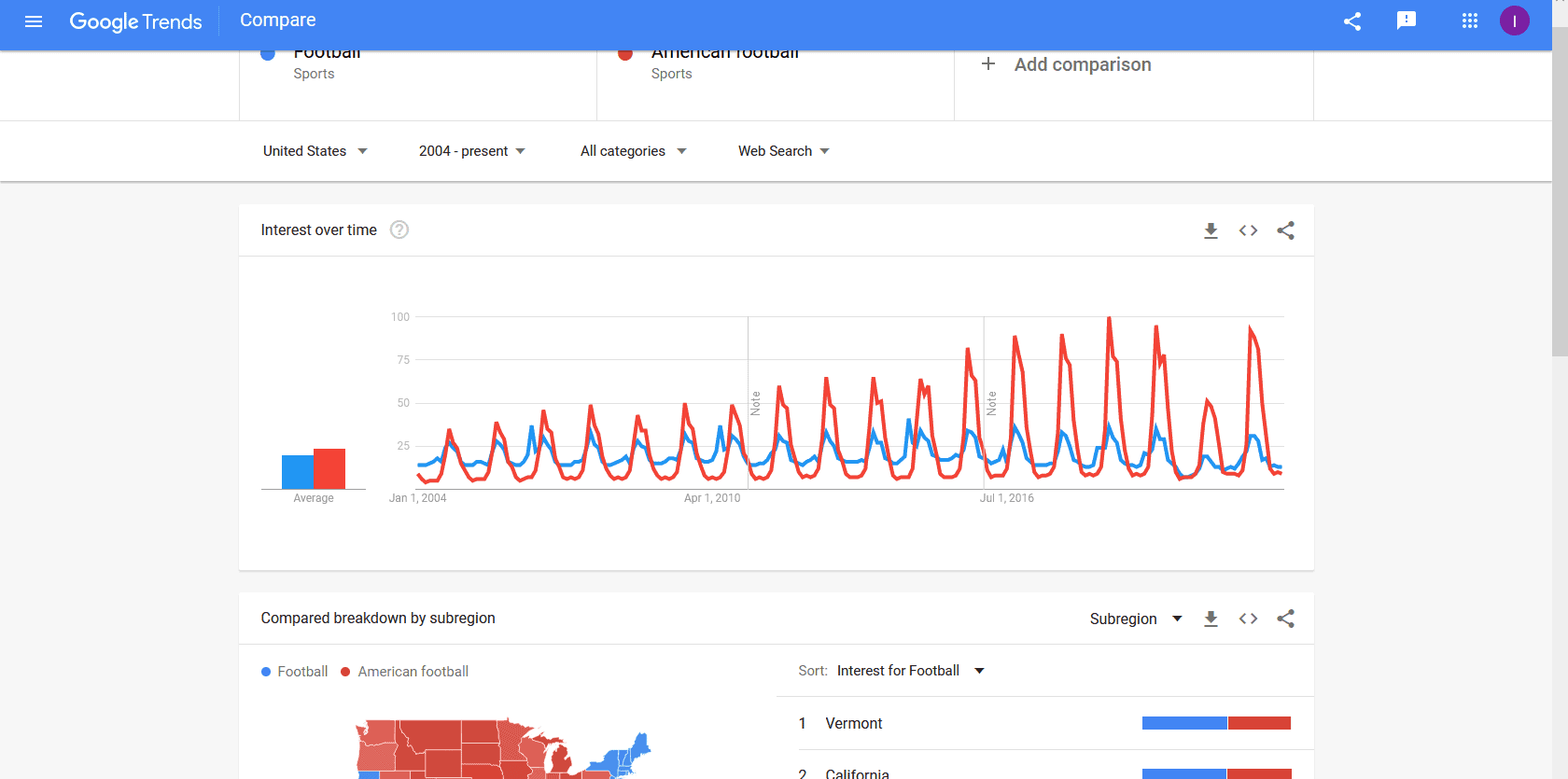
If you know how much traffic another keyword term brings in, this might be a lifesaver. To have a better understanding of your audience, compare keywords by time. You can use longer and shorter periods to examine the keyword data in various ways. If you want, you can view Google Trends as far back as 2004. It might help you see how your audience is changing over time. Long-term upward trends: Creating material for a rising trend is essential if you want to stay on top. Unfortunately, the long-term trend is downward. The trend line’s downward movement may indicate a shift in how people consume media.
Several short-term trends might generate a lot of traffic. Quickly shifting search patterns may be discovered by looking at keyword trends over a short period, like 90 days or even 30 days. Google Discover and Google News both see a lot of activity. Although Google Discover is less responsive to trending topics than Google News,
Awareness of current interests is essential for gaining many visitors through Google Discover and Google News. Searches for “How To” and “Near Me” are two of the most popular keyword trends. Using the 90-day view, you can observe which weekdays are the most popular for particular queries. For example, suppose you know what days of the week have the highest interest levels in a specific topic. In that case, you can better time your publication schedule so that your material is readily available when your target audience is looking for it.
Conclusion
E-commerce websites require knowledge and significant time and effort to construct and maintain. Your efforts will be rewarded if you employ the most excellent keyword research tools available. You don’t have to limit yourself to using free keyword research tools. Paid tools are available if your business is growing or if you want to try something new. All the free tools above could be achieved by tools requiring a subscription or a purchase.
Most keyword tools focus on Google and other major search engines. However, there are a few platforms that use their algorithms. Tools such as Keyword Tool Dominator and Soovle enable e-commerce shops and sellers whose ambitions go beyond ranking on Google to target the platforms they are utilizing. Competitor-based keyword tools are more effective than the essential keyword research tool, but it’s up to you which one you like. We hope you have accumulated knowledge regarding the 6 Best Keyword Research Tools.
- Facebook Ads to Get Followers! - December 27, 2024
- ClickUp vs. Slack - December 20, 2024
- Mastering E-Commerce Analytics: A Blueprint for Success






